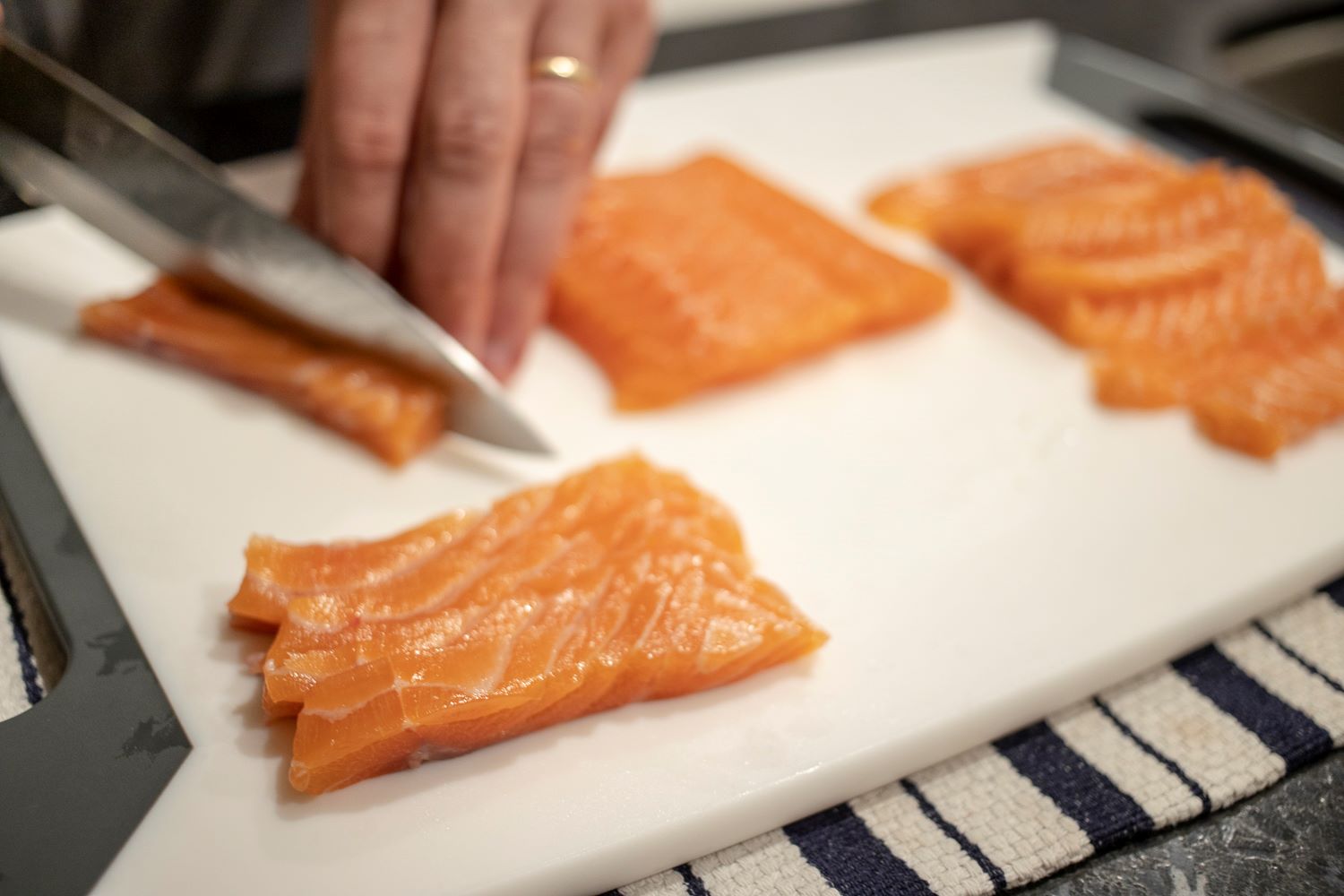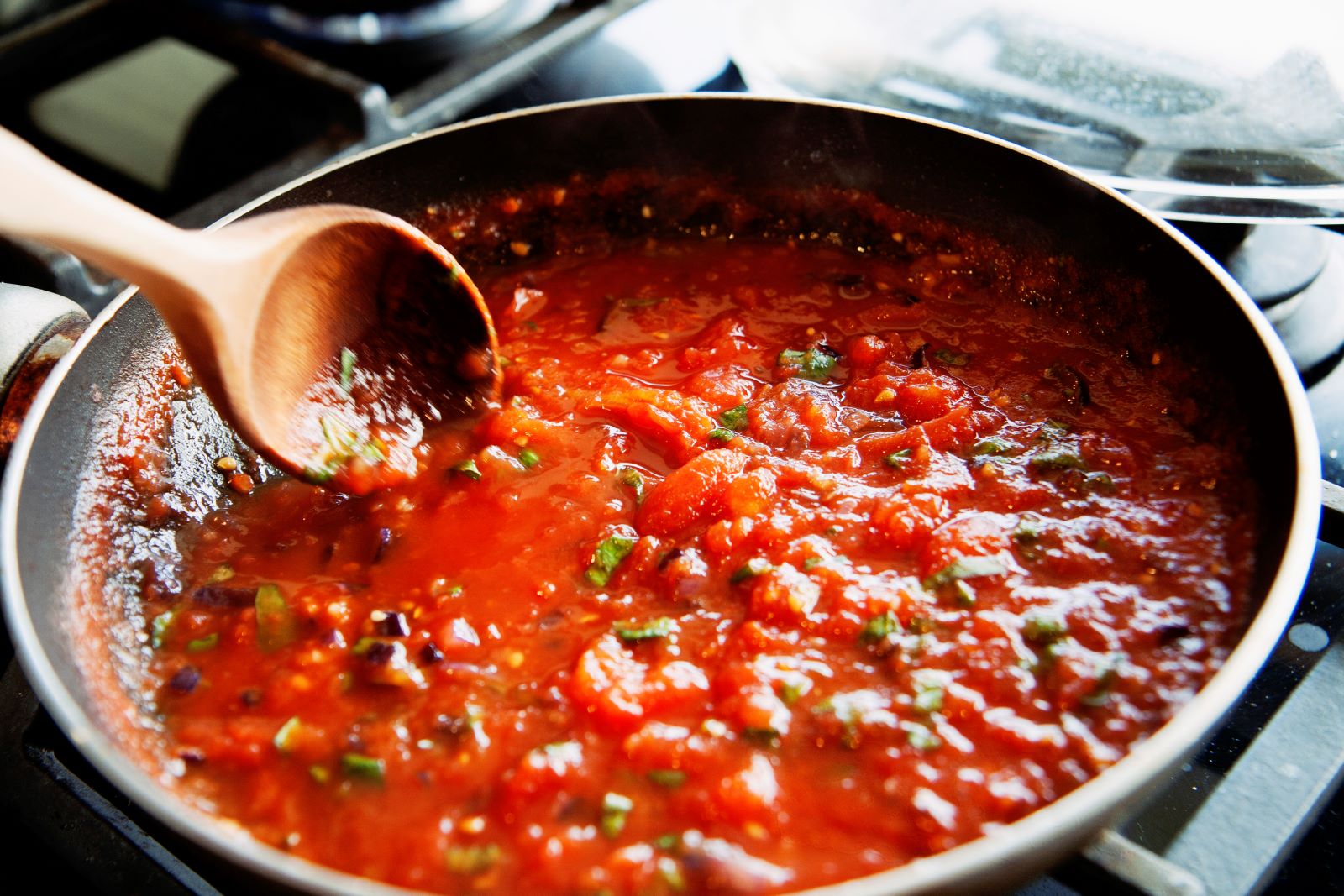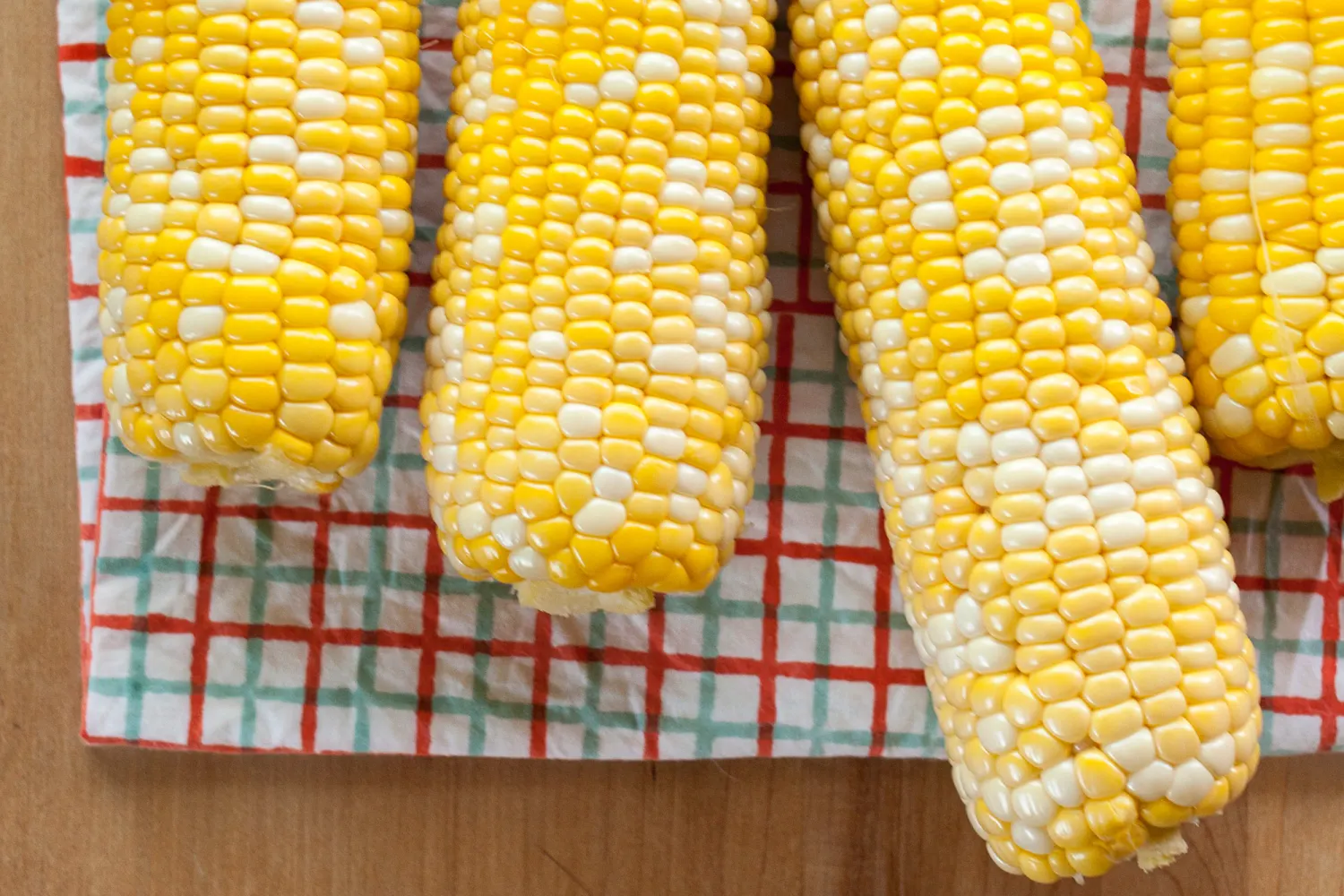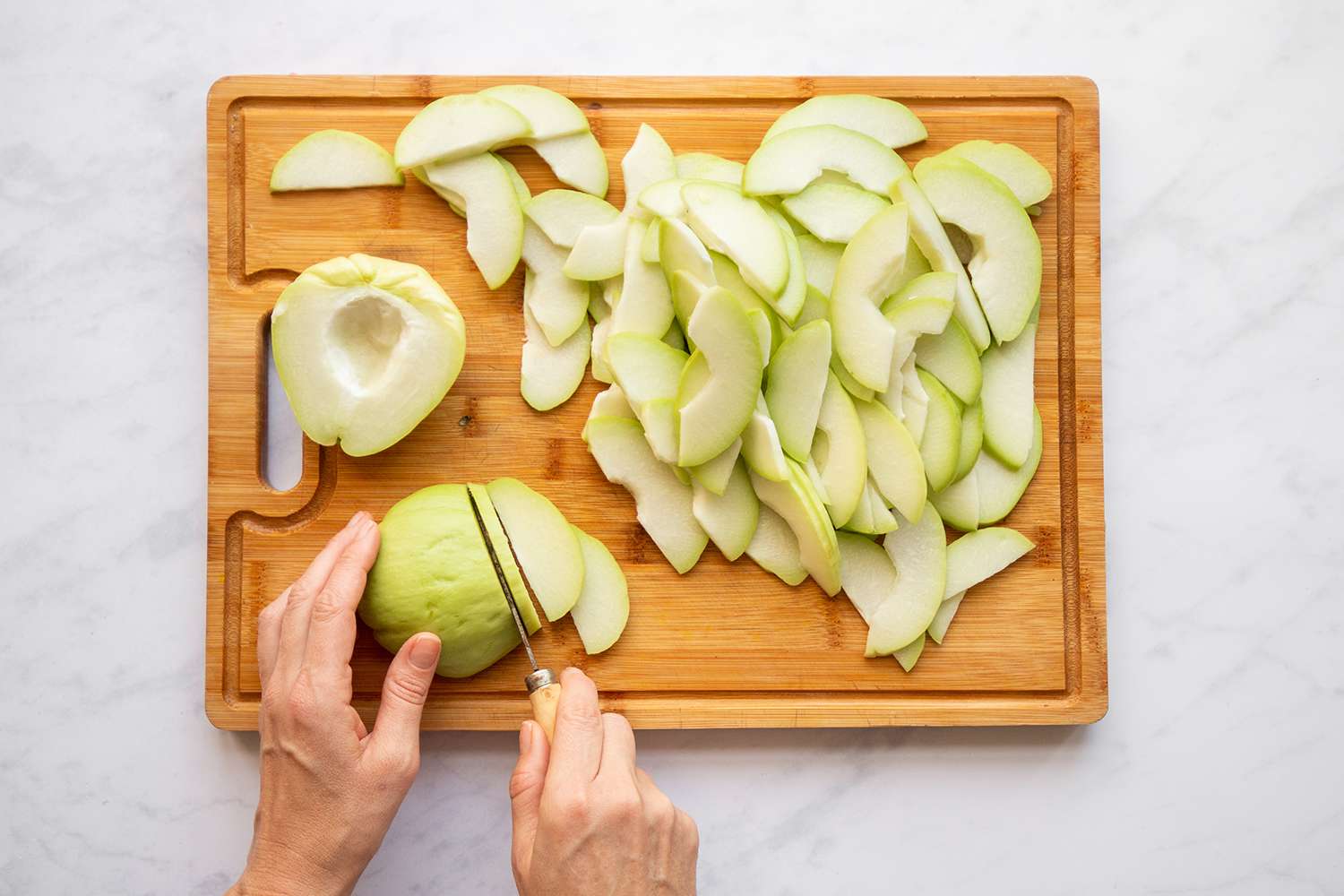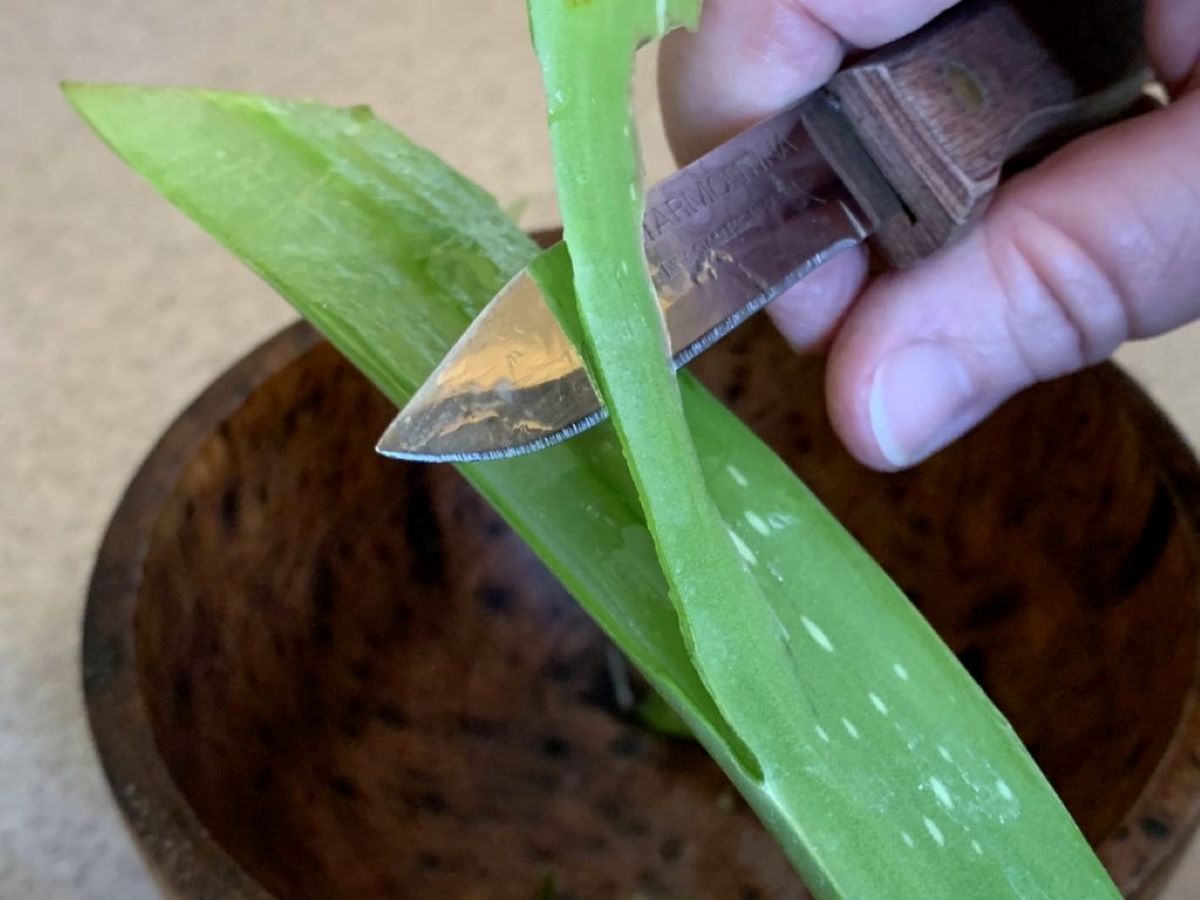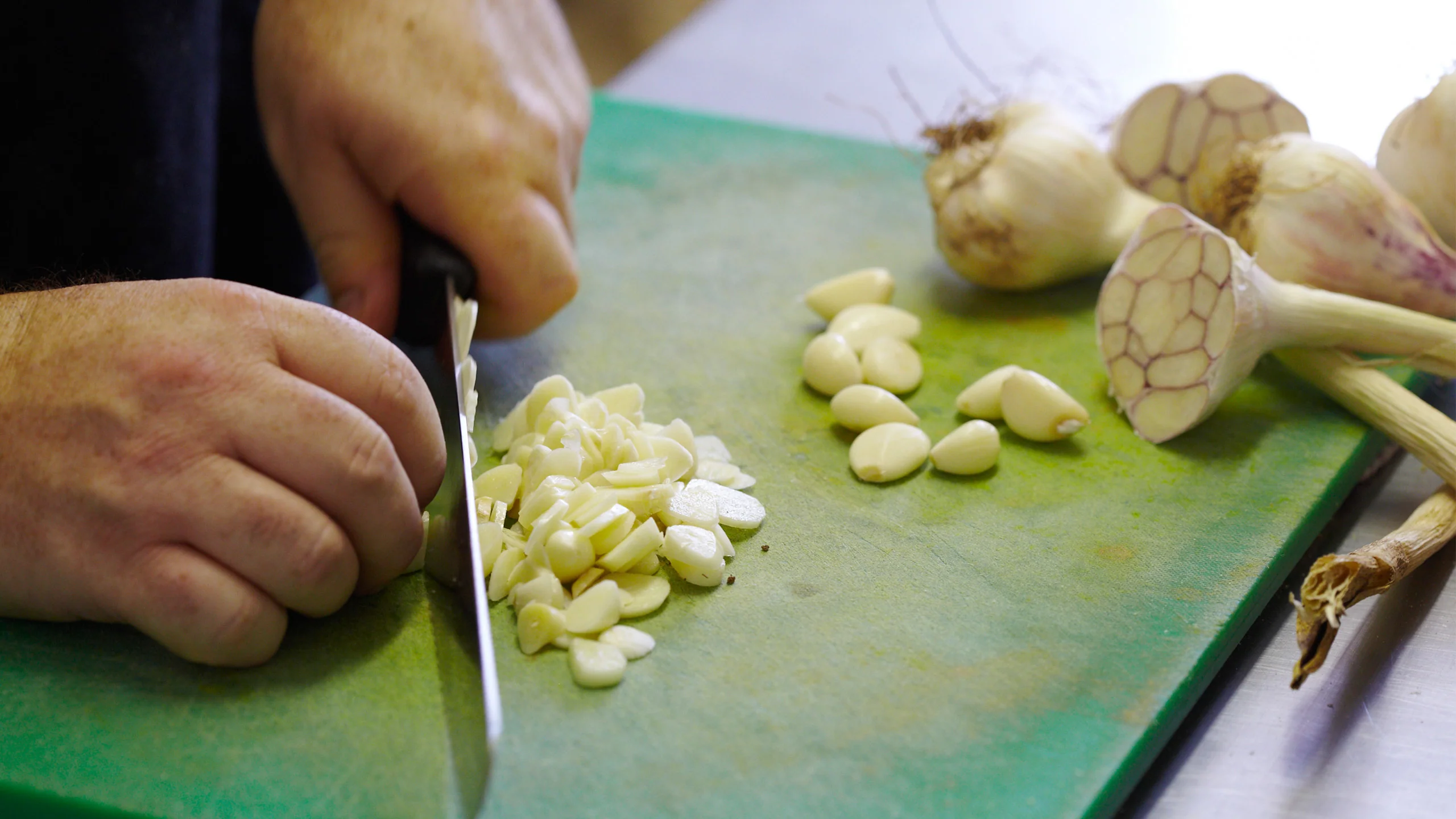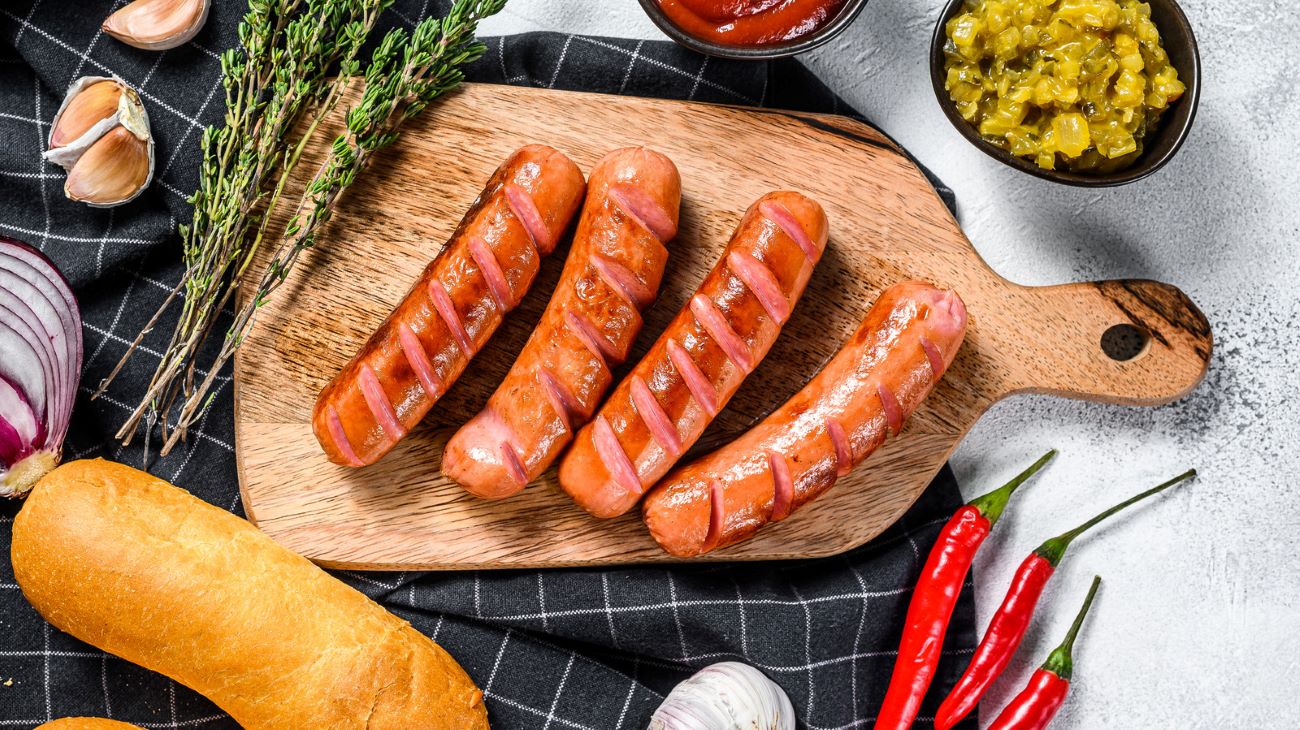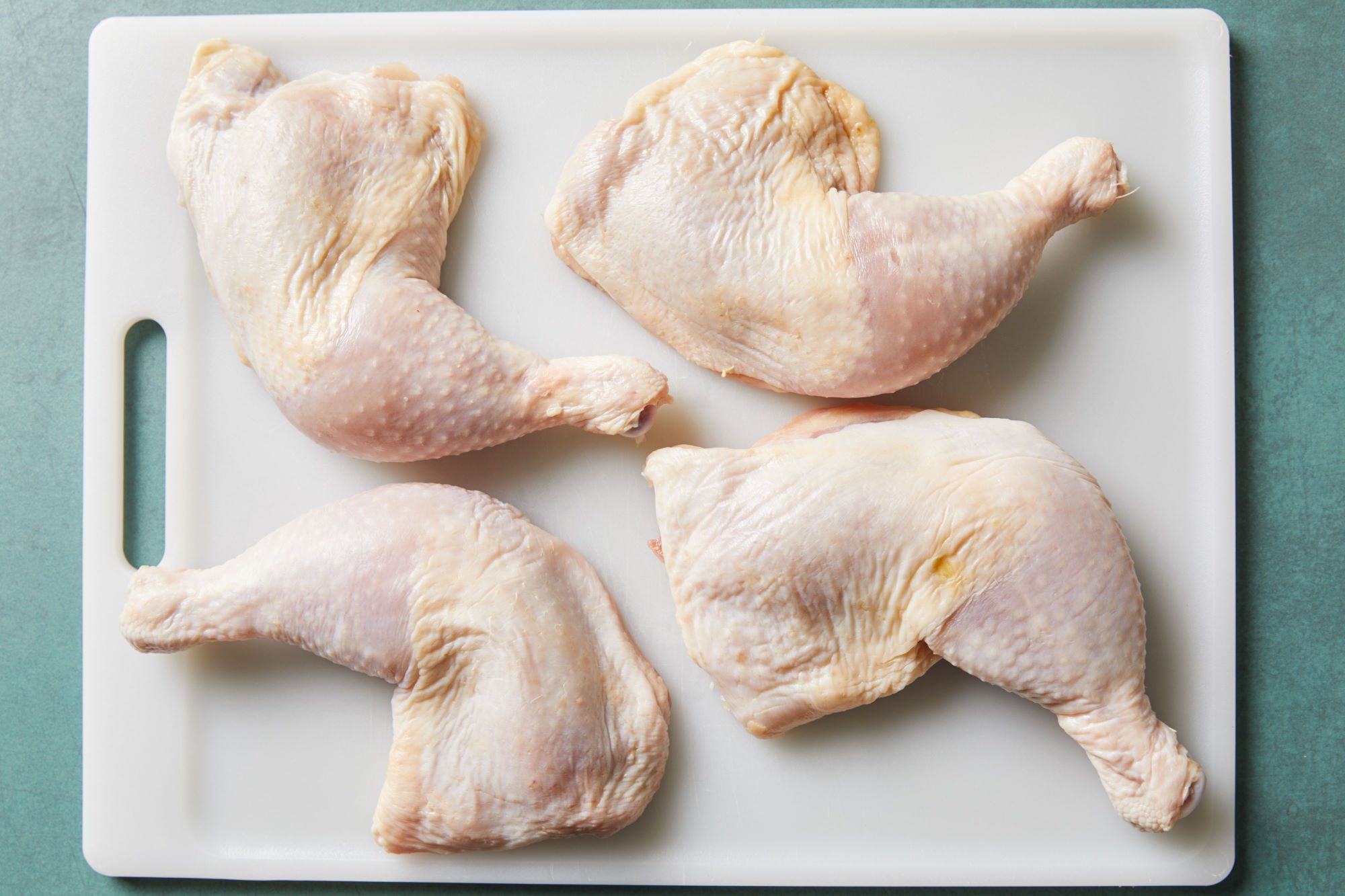Mastering the Art of Cutting Cabbage for Perfect Cabbage Rolls
If you love indulging in the comforting and delicious world of cabbage rolls, then knowing how to cut cabbage properly is essential. A well-prepared cabbage will make the rolling process a breeze and result in cabbage rolls that are both visually appealing and packed with flavor. So, roll up your sleeves and let’s dive into the secrets of cutting cabbage for cabbage rolls!
Why Cabbage Prep Matters
Before we get into the specifics of cutting cabbage, let’s understand why preparation is crucial for cabbage rolls. Properly cutting the cabbage eliminates any tough and chewy parts, ensures even cooking, and makes it easier to roll. Additionally, the way you cut the cabbage can affect the overall texture and appearance of your cabbage rolls.
Tools You’ll Need
Before you start, gather the following tools:
- Large kitchen knife
- Cutting board
- Bowl or sink filled with cold water
Step-by-Step Guide to Cutting Cabbage
Follow these simple steps to achieve cabbage cutting perfection:
- Remove the outer leaves: Start by removing any damaged or wilted outer leaves from the cabbage head. Use your hands or a small knife to carefully peel them away.
- Cut the stem: Place the cabbage head upright on the cutting board and use a large knife to cut through the stem at the bottom. This will create a flat base for stability.
- Halve the cabbage: Keeping the cabbage head upright, slice it in half vertically, from top to bottom.
- Quarter the halves: Lay each half flat on the cutting board and cut them into quarters.
- Separate the leaves: Working with one cabbage quarter at a time, gently separate the leaves. If the leaves are too tightly packed or difficult to separate, you can carefully trim the core at the base of each leaf using a V-shaped cut.
Finding the Right Size
The size of the cabbage leaves is crucial for successfully rolling cabbage rolls. Generally, you want the leaves to be large enough to hold the filling but not so large that they become difficult to roll. Aim for leaves that are approximately 5-6 inches in diameter, about the size of your palm.
Pro Tips for Perfect Cabbage Rolls
- Blanching: If you find your cabbage leaves to be too rigid for rolling, blanch them briefly in boiling water for a minute or two. This will soften the leaves, making them more pliable.
- Core placement: When rolling cabbage rolls, position the filling towards the base of the leaf, where the core used to be. This ensures that the filling stays secure and doesn’t spill out during cooking.
- Overlapping technique: To roll cabbage rolls, place a spoonful of filling near the base of the leaf, fold in the sides, and then roll upwards. The overlapping sides will help keep the filling intact as the rolls cook.
Now that you’ve mastered the art of cutting cabbage for cabbage rolls, you’re ready to embark on a culinary adventure! Whether you’re making traditional cabbage rolls or experimenting with unique flavor combinations, your perfectly cut cabbage leaves will be the foundation of a delicious meal.
Remember, practice makes perfect, so don’t be discouraged if your first attempt isn’t flawless. With time and experience, you’ll become a cabbage-cutting pro!
For those eager to master the art of preparing cabbage, the guide on how to cut cabbage for cabbage rolls pairs perfectly with various recipes. Traditional Stuffed Cabbage Rolls offer a classic approach, while Pork and Mushroom Cabbage Rolls bring a rich, earthy flavor. For a bit of spice, Spicy Kimchi Cabbage Rolls are a great twist. If you're seeking something hearty yet healthy, the Chicken and Quinoa Cabbage Rolls are worth a try. Each of these recipes will make good use of your cabbage cutting skills and offer unique tastes to enjoy.
Was this page helpful?
Read Next: How To Cut Fiddle Leaf Fig Leaves
